For a tough 100k mountain ski race like Åsnes Expedition Amundsen (EXA) in Norway’s Hardangervidda with a fully loaded pulk, participants should prepare physically but may also want to optimize their equipment to meet the special requirements. If you plan to race the race, meaning you will take only the minimal mandatory rests, you might find yourself skiing straight into a snow storm. This should be taken into account during preparation.
In the following I describe some special equipment adaptions that I have made for a team start at EXA 2019 and an individual start at EXA in 2020, as the only German participant (results).
As most of it is related to poor weather skiing in general, I present this here in a larger context.
GPS chest harness:
Light (185g) and yet stiff holder for a (Garmin) GPS device. Allows a permanent off-hands use of the GPS which stays conveniently within view. Accordingly, the official racetrack can be followed within several meters even during white-out conditions and at night. Custom-made from a 10 mm high-density polypropylene rod (flexibility tested down to -30 °C). Belt mount assures a rigid, wobble free fit. Worked great in EXA 2019 and 2020 (results). Attachment via Garmin bicycle holder. Collapsible (do not bend when cold!), packs flat.
Aluminum housing from an old saucepan (eBay) for a Primus OmniLite stove with silencer. Holds a 2,5L saucepan safely in place. Big enough for snow melting for 1-2 persons. At the price of a little more weight (600g), it returns valuable advantages: Extremely tip proof. No accidental burn risk by contact to open flame for safe use inside the inner tent [yes, it CAN BE safe to use a stove inside the inner tent as long as you arrange for some CONSTANT VENTILATION and don’t fall asleep. So sit upright while cooking!] and even in wind shelter (see below). Can be packed when the burner itself is still hot. Wooden handle and wooden bottom for insulation. Takes also small fuel bottle even without hose dismount. The burner is simply pressed onto three screws for fixation and can be removed within seconds.
Wind shelter with ski attachment:
For windy breaks or shorter rests, such as the 1h break in Hellevasbu, I sewed on two Velcro straps in the upper part and two loops in the bottom to a standard 2-person wind bag. This allows the bag to be held in place on the wind side by me – sitting on my pulk – and on the off-wind side by my skis. The stove system, see above, can be used inside, standing in the snow, for a cozy warm rest.
All-in-one pulk harness plus backpack:
In order to hydrate and snack regularly and without great effort, I carry a small backpack for thermos and snacks. Saves time compared to picking items from the pulk. As dehydration easily becomes an impairment in a cold weather race like EXA, a hydration system might also be placed inside the backpack. If it is stored close to the back, inside an aluminum pouch and heated by affordable, 12h iron-oxide hand warmers, water can be kept liquid even at low temperatures. An insulation for the drinking hose makes sense, but it must be emptied after each drink in order to prevent icing up. It must not be blown empty as air accumulates inside the bag. Simply hold the end up and let gravity do the work. Use of a wooden plug instead of the bite-on valve simplifies this. As the backpack’s shoulder straps tend to get tangled up with the pulk harness and like to slip from my shoulders, I fixed the pack with buckles to the Fjellpulken expedition harness. The plastic buckle I exchanged against an aircraft seat buckle for improved stability and handling with mittens.
Fingertips are hard to keep warm in storms at lower temperatures. I have gone through different combinations of mittens and ended up with home knit, long inner gloves of heavy felted wool and evenly long over mittens with a light fleece insulation. The whole set should be so long that it covers at least half of your under arm. Make sure that the cuffs of the woolen mitts are not too narrow, as this can severely obstruct entry with cold and sometimes humid hands. Most felted mitts you can buy have parallel and narrow cuffs, which is impractical as it impedes entry, especially when hands are cold and humid. See to it that cuffs are long but open up at the end with only one short narrow part at the wrist to prevent slipping. Beware: There are extreme mittens with fiber („PrimaLoft“) insulation on the market which may work well for mountaineers. But they are not for skiers: You can’t grab a ski pole tightly with them. It will always swim in your hand, no matter how tight your grip is. Palms should not be made of synthetics as this becomes too stiff in the cold, but are best made from soft goat leather. These make for excellent outer mittens, but the slippery inner mittens should be exchanged against woolen ones. A thin pair of woolen gloves works well if you take off your mittens to take photos. As these mitts are super-warm, I use lighter and shorter ones in regular conditions.
Tent bag with „orientation“:
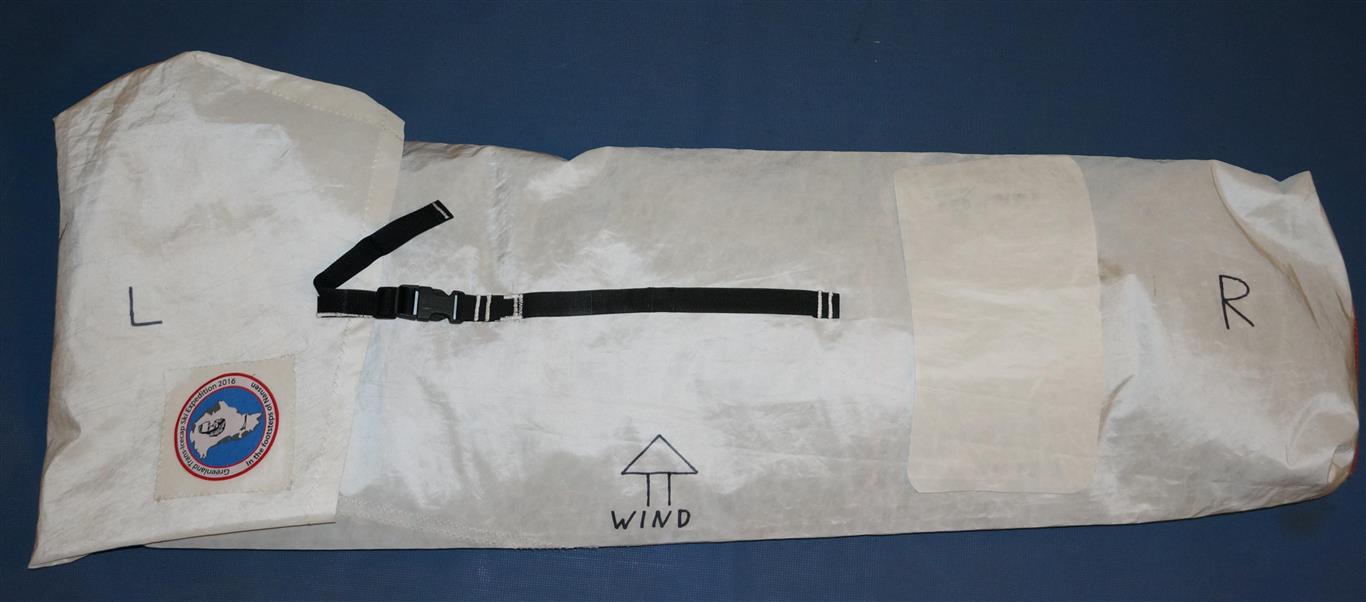
For a quicker tent pitch, the semi collapsed, taped poles of the tunnel tent stay in their sleeves and the tent is wound up starting from the leeward side before it goes into a bag (sewn from an old sail) that is optimally shorter than the pulk so it fits in and needn’t go on top. In order to pitch the tent in stormy conditions, one would sit with the back to the wind and roll it out in the correct orientation. That is, the wind side alcove facing the wind, right away, without any turning and tossing. In order to assure the correct position of the tent bag, I marked it with directions for tent packing and wind orientation when unpacking.
Pulk brake:
EXA has some exciting descents, especially in the last section down to Maurset, which most will come down during the night. A pulk is an unforgivable pusher and a fall at full speed can break harness rods, as happened to me. So one might wish for a brake, especially when the downhill is an icy crust. I rigged a 2m rope with some knots to the dragging system where it is attached to the pulk, forming a loop which stowes away on the pulk’s deck. When the loop is released, the pulk runs over it, braking itself pretty effectively.
Further refinements, in short:
- In general, a tent for extended winter trips must have snow flaps. Tents of the Helsport X-trem series for example have excellent winter features. For the special case of a solo EXA start though, I used a lighter and smaller Hilleberg tent instead of my spacious but heavy Spitsbergen X-trem. Unfortunately, Hilleberg does not supply snow flaps for their tents – at least not in Europe – not even for the four season („black label“) ones. In order to at least protect the wind side of my Nammatj 2 tunnel from filling with drift snow, I sewed on a snow flap on that side only. Can be removed again for non-winter use for better ventilation
- For better breathability, I forego Gore-Tex anoraks and use „Ventile“ cotton instead. It has carried me through lots of snow storms and there has never been ANY condensation inside. Also, many stylish Gore-Tex anoraks are way too tightly cut and short. Men: make sure your „parts“ are well covered. Check these brands (sadly, quite costly) : Sasta, Hilltrek, Amundsen.
- To prevent the anorak hood’s collar fur to cover my head lamp in stormy nights, I wear a base cap under the hood to keep it up
- Instead of regular snow goggles and a face mask that has a tendency to slip from my small nose, I use snowmobile goggles with a (detachable) face protection when it is blowing, such as this
- For protection of groin and thighs („polar thighs„), a windproof and fiber filled shorts with side zippers, such as this, comes in really handy in storms.
- For much better glide, I exchanged synthetic against mohair skins
- In order to prevent skins from coming off, I removed the old glue and re-applied Colltex glue evenly by means of a tape. To re-glue skins that come off nevertheless, I carry Colltex quick-patches (prefer that to the screws that some use). As per my experience, Colltex is far better than „Contour“ brand glue
- In order not to oversleep in the checkpoint, like in the previous year’s race, I found a super loud (75dB) and vibrating alarm clock which I’ll wear around the neck in the sleeping bag.
Steffen Wagner, June 2020
This is a report of the 2019 race
In 2020, I was honored to receive the prestigious „Leon-Award“ for helping someone. ->article
News May 2021: EXA is no longer. After 10 years the race has been abandoned in order to protect wild reindeer in the Hardanger mountains. I was fortunate and privileged enough to have competed in its final two runs. Here is the epic route description that was shown in the pre-race meetings. This is a recapitulation video of the last race in 2020. Thank you, EXA!

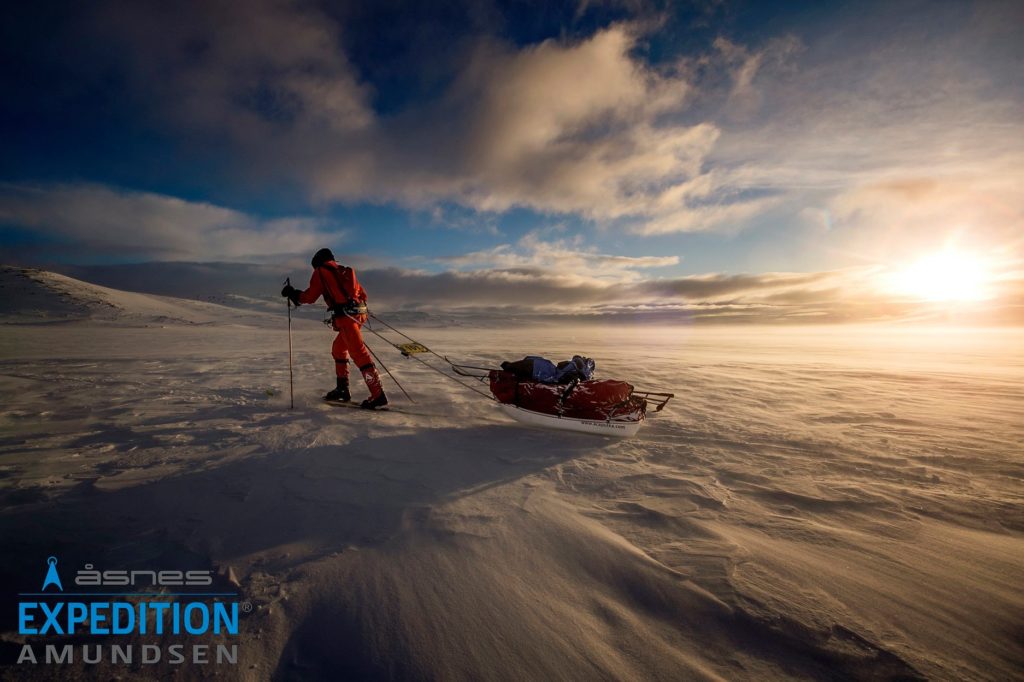
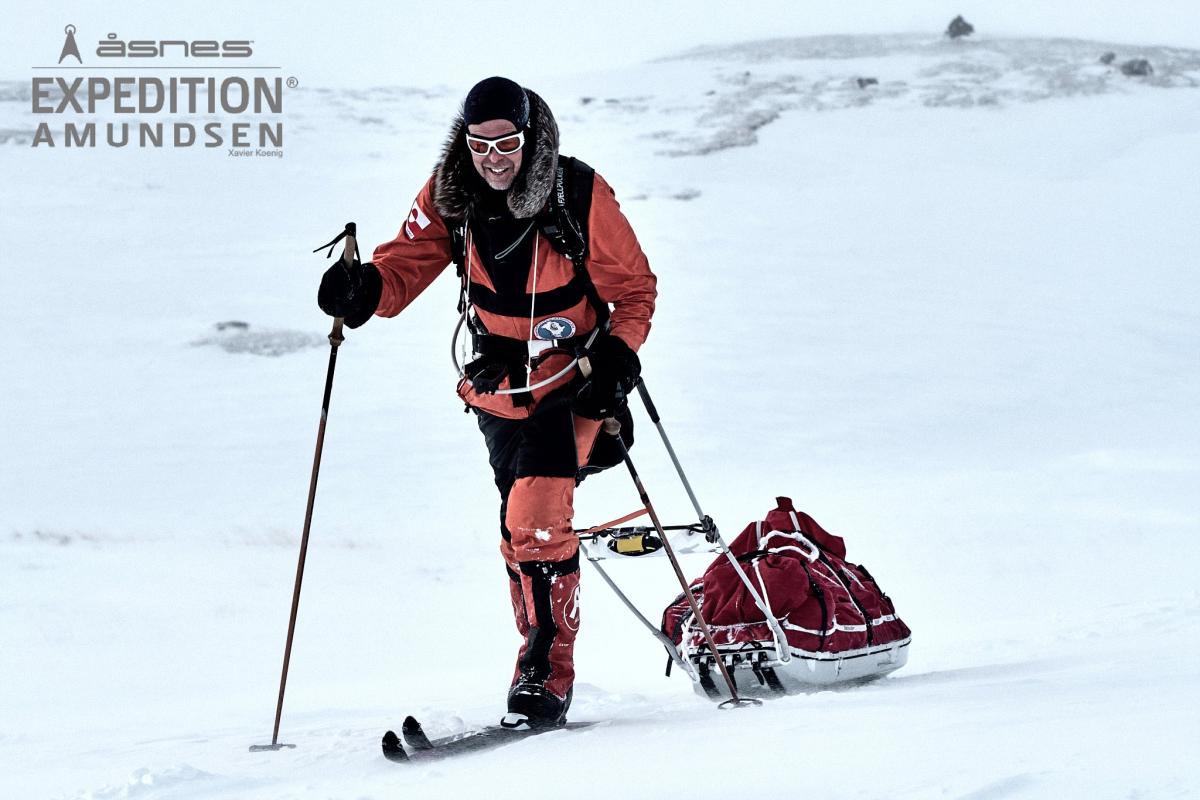
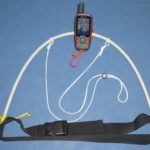
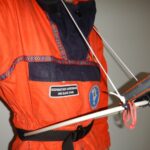
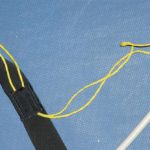
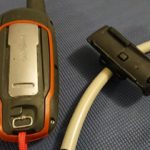
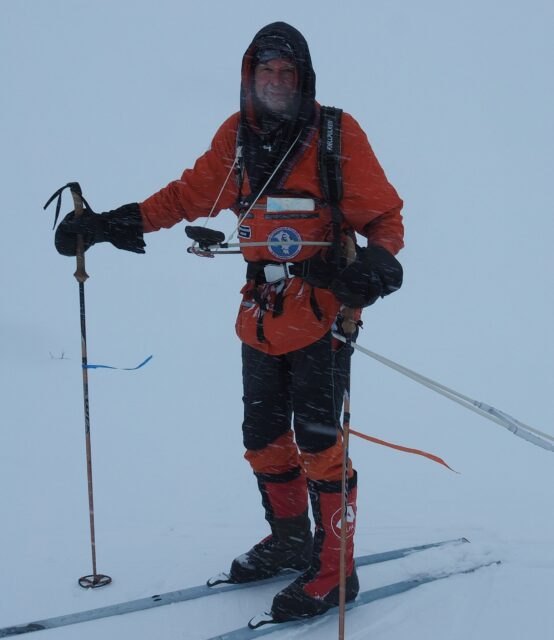
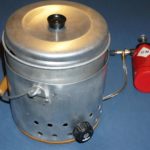
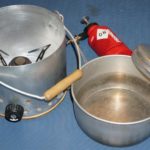
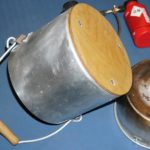
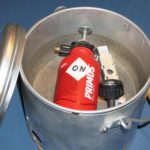
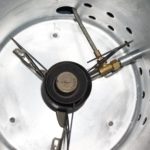
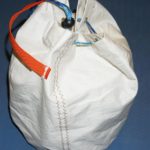
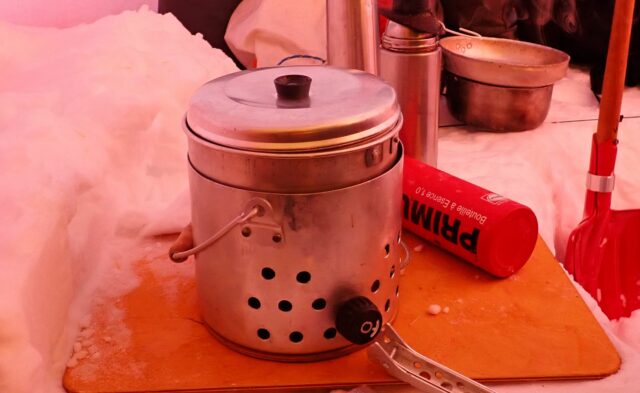
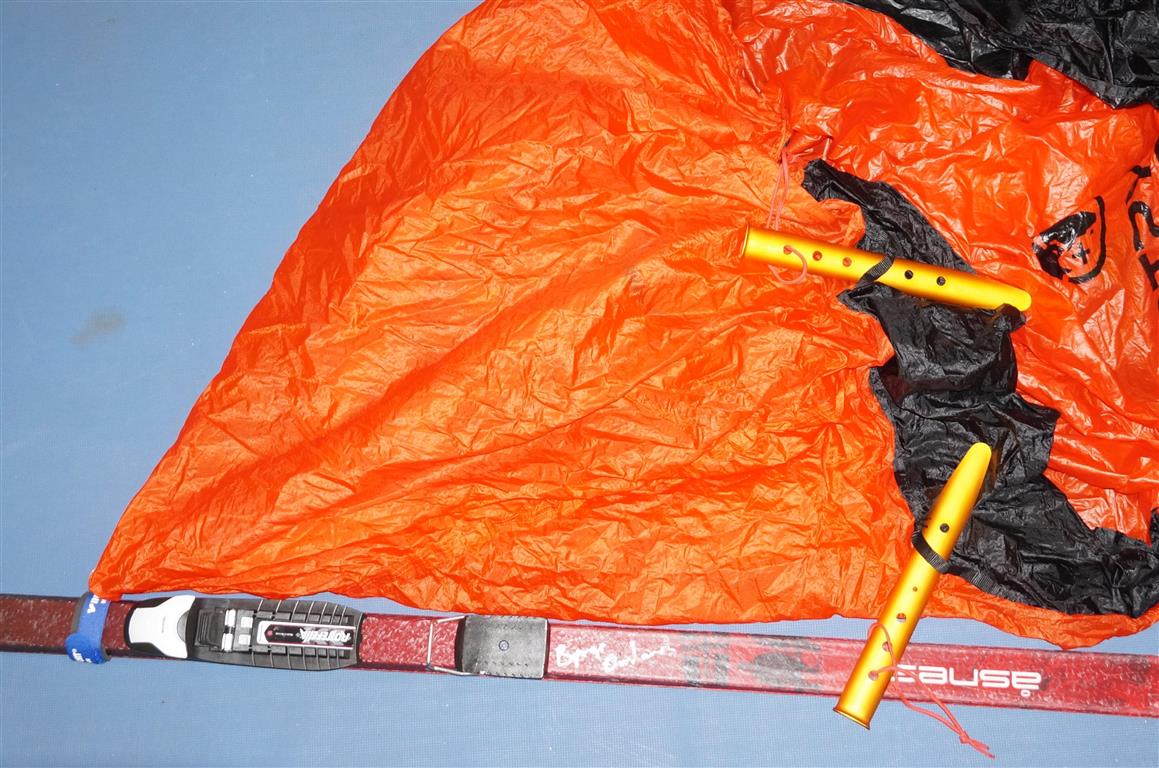
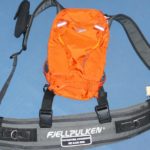
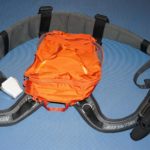
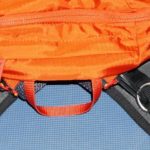
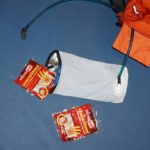
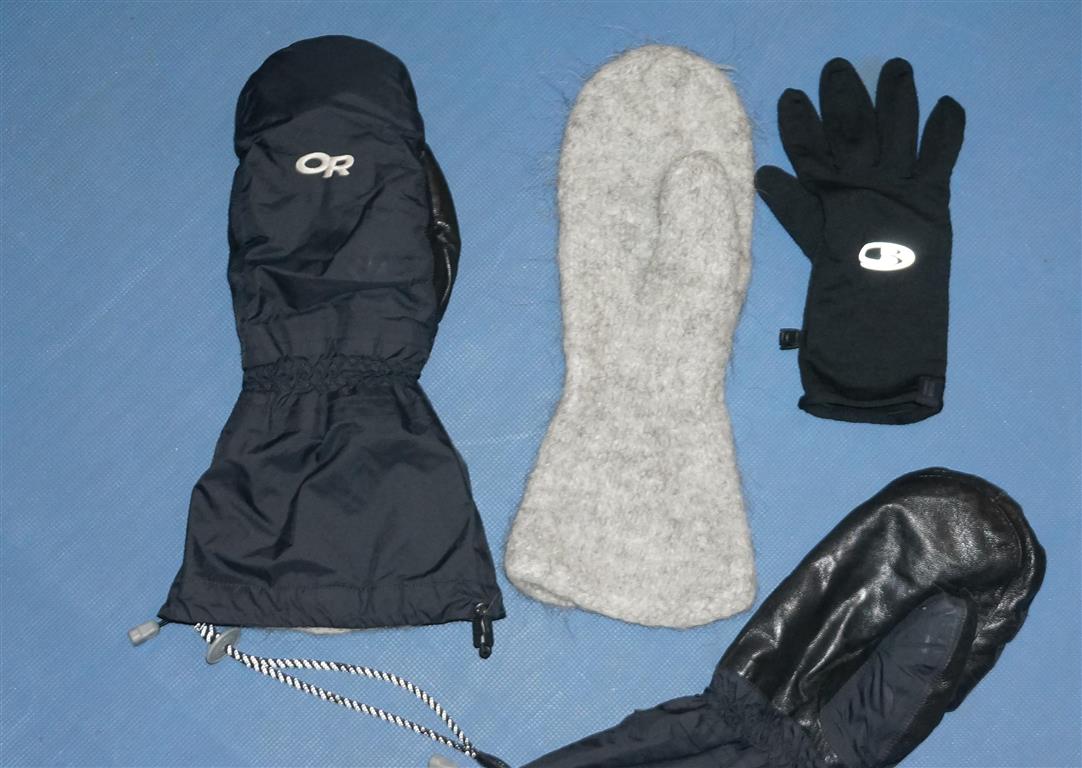

Moin Steffen,
danke für deinen tollen Beitrag hier. Die allermeisten deiner Erfahrungen teile ich und auch ein paar der Livehacks habe ich selbst schon angewendet. Deinen Kocherumbau finde ich sehr spannend. Auf die Idee bin ich noch gar nicht kommen. Daher habe ich mir erlaubt, deinen Artikel auf meiner Seite (winterfjell.de) zu verlinken. Ich hoffe, das ist ok für dich.
Solch ein Rennen wäre zwar nichts für mich, aber den Kocher werde ich wohl irgendwann mal nachbauen.
Viele Grüße aus Hannover
Malte